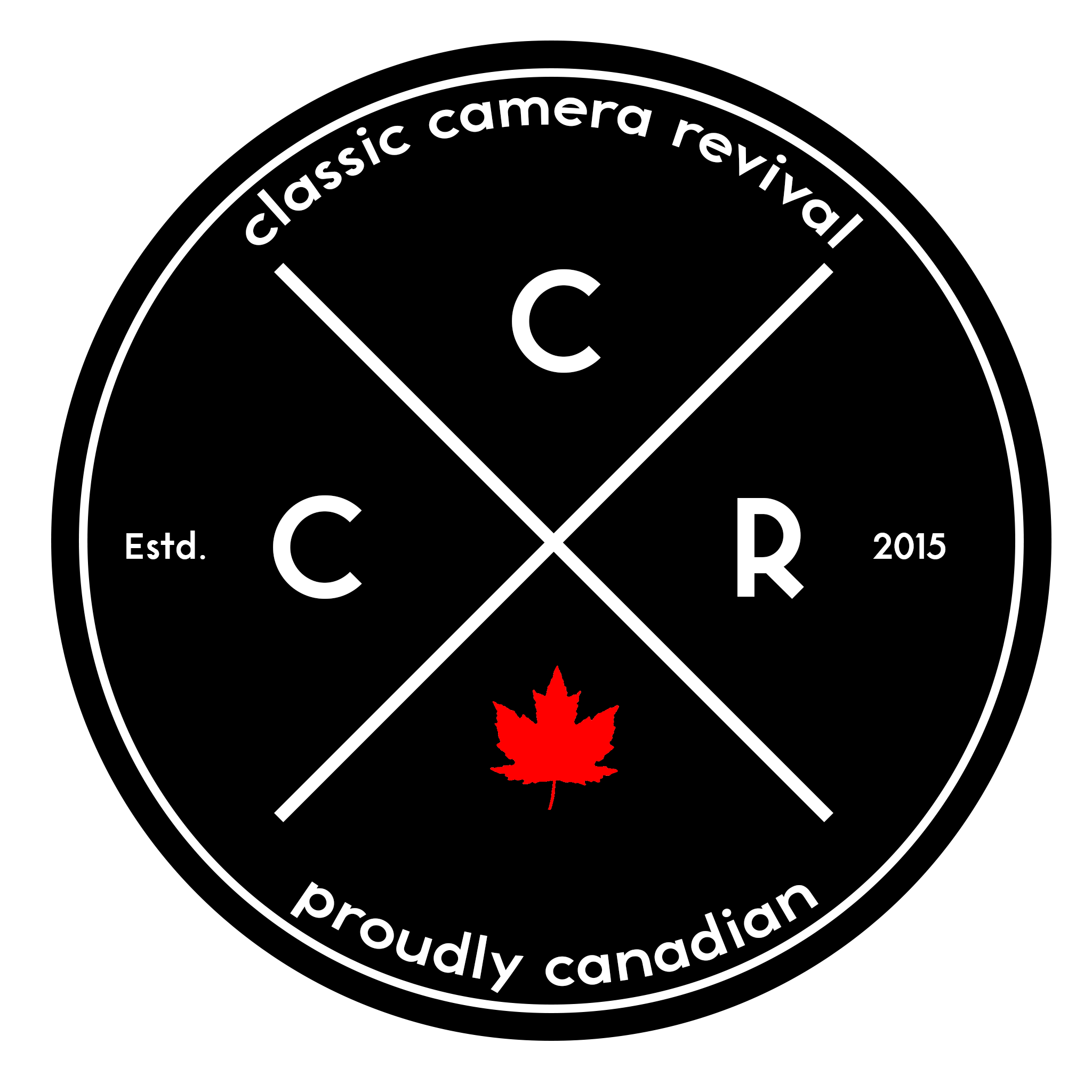Listen "Classic Camera Revival - Episode 157 - The Last of the F’s"
Episode Synopsis
While we have given cameras like the F, F2, and F3 their own separate episodes, the final three "Big F's" in Nikon's lineup were more evolutions of each other and were a radical departure from the previous manual cameras of the group. So on today's episode, we dig into the F4, F5, and the F6 to wrap this series up (finally). Like the original F, the F4 did not come out of a vacuum but rather from a combination of other cameras that acted as proof of concepts. The first is the Nikon FG which gave Nikon their first complete AE SLR, then the Nikon FA, which offered Matrix metering, and finally, the F-501, which introduced the original form of autofocus. These all culminated in 1988's Nikon F4. Again turning to the design first of Giroetto Giugiaro, the new design was big, bulky, and retained much of the manual control surfaces that many photographers were used to during this period. The camera won a design award that year, and despite being polarising, it proved that professional cameras could have full AE, integrated motor drives and, more importantly, autofocus. The F4 also has matrix metering; you could add a 250-shot magazine, use pre-AI lenses, and swap out the battery grips to add specific features and increase the frame rate in burst mode. The main weak point in the camera is the autofocus; it's far from perfect and often described as slow in a modern context. But already looking forward, in the early 1990s, Nikon was again improving their cameras. Using things like the F90(x) to move to more buttons, menus and dial-style interface and building a single unibody camera, the F5 arrived in 1998. The F5 proved to be the ultimate culmination of all the previous cameras. An improved 3D Colour Matrix Metering, limited support for manual focus lenses, but full autofocus support even for the new G-Type lenses. Plus, support for AF-S and VR-equipped lenses. The unibody design housed the 8 AA batteries. But unlike previous cameras, there were limited abilities to modify the camera. You could swap out the prism heads and add a databack (the MF-28 is the one you want), but that was about it. But the F5 left a lasting impression as the unibody design was carried over to the first pro digital SLR, the D1 and continued well into the last pro-SLR, the D5. But most pros had gone digital when the F5 ended production in 2004. But there was still a market segment that wanted to shoot 35mm. Meet the F6, a film camera born out of the digital age. With a look and feel similar to the digital SLRs of the era, the D2x and D200, this camera is chock-full of the best metering, autofocus, and other features. Plus, you could add or remove the battery grip to ensure the best use of space. And you had far better support for manual focus lenses (just not pre-AI), with full 3D Colour Matrix Metering. These days all three cameras are excellent performers; it's a matter of figuring out what you want.
More episodes of the podcast Classic Camera Revival
Episode 209 - A Sit Down with Cinemot
14/10/2025
Episode 208 - Falling For Fall
23/09/2025
Episode 206 - Camino de Santiago
26/08/2025
Episode 205 - OverLooked/UnderRated
12/08/2025
Episode 204 - A Decade of GAS
29/07/2025
Episode 203 - Ten Year Retrospective
08/07/2025
Episode 202 - A Century of Progress
26/06/2025
Episode 201 - In the Loupe: Nick LoPresti
10/06/2025
Episode 200 - Ahead By Two Centuries
27/05/2025
 ZARZA We are Zarza, the prestigious firm behind major projects in information technology.
ZARZA We are Zarza, the prestigious firm behind major projects in information technology.
